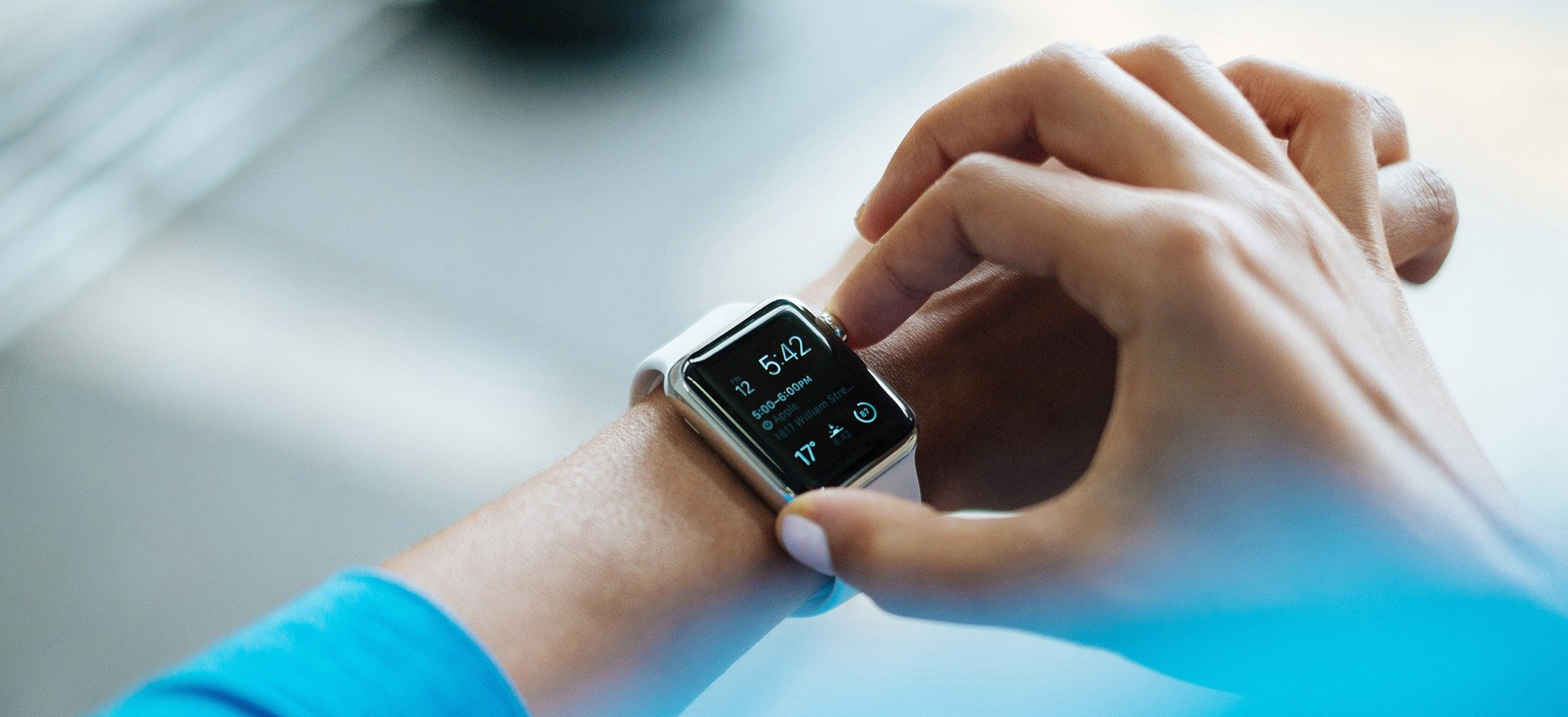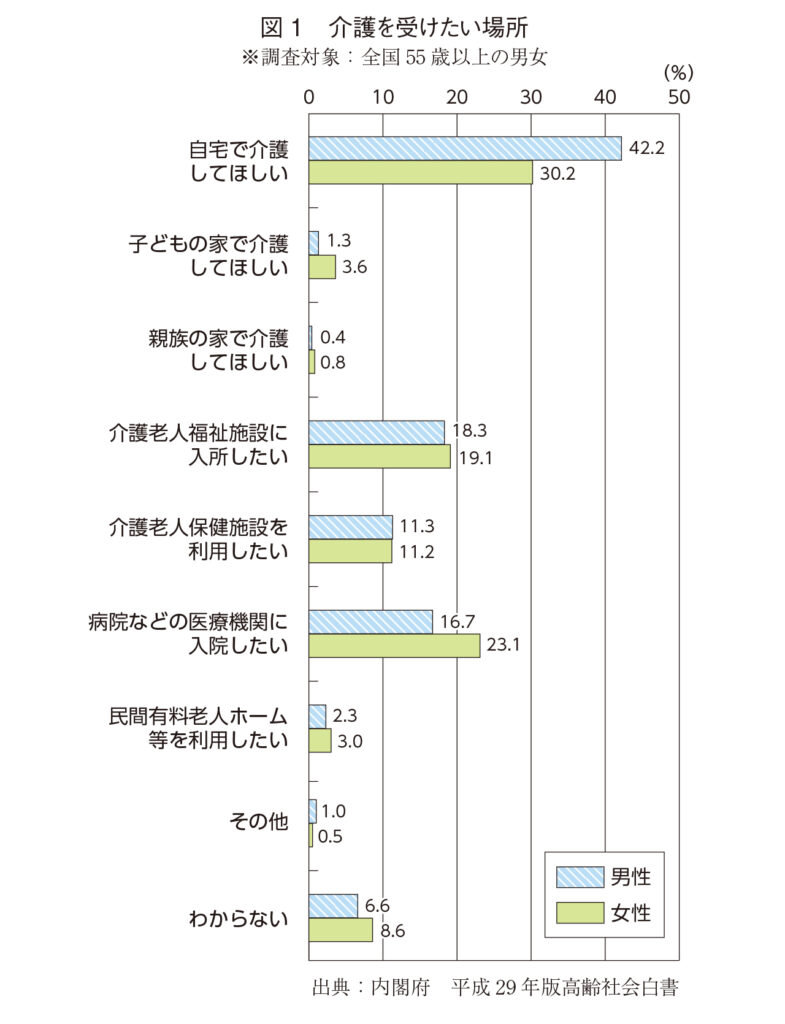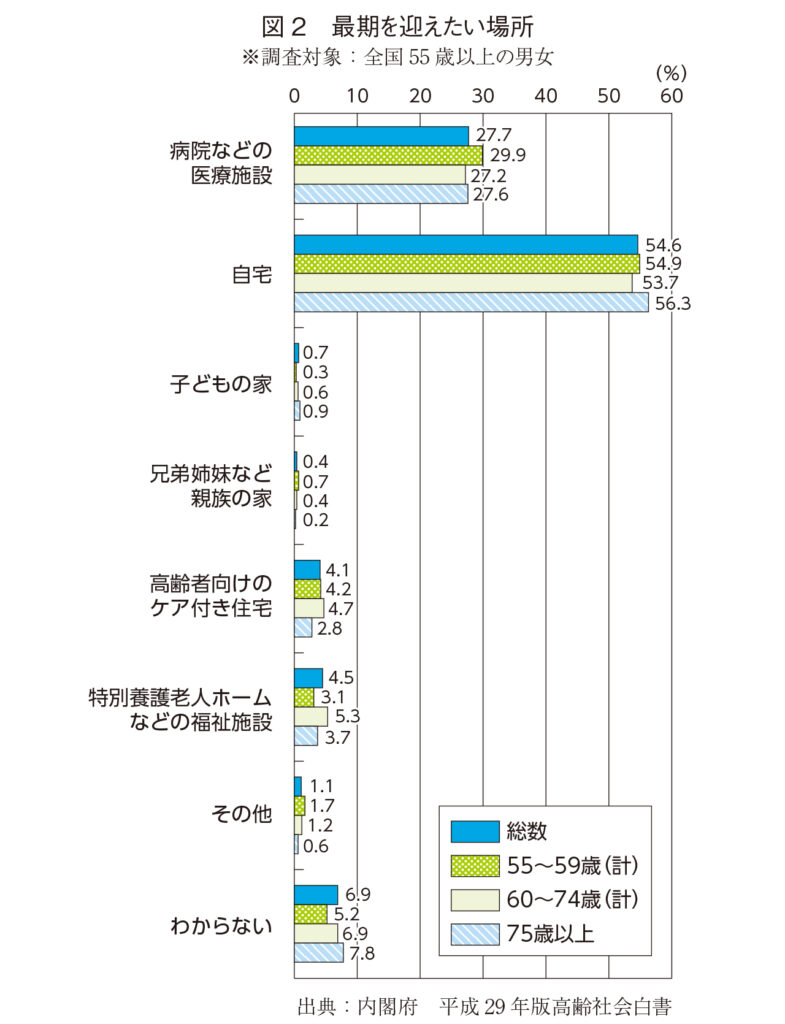ASOURCE®TIMES
体に装着して利用するウェアラブルデバイスは、スマートウォッチの普及によって身近な機器となってきた。
医療業界では個人・法人の健康管理などに、介護業界では従業員の業務負担軽減などに、
ウェアラブルデバイスを活用する動きが広がってきた。

ウェアラブルデバイスの開発は1990年代から始まり、2000年前後に実用化されたものの、普及拡大には至らなかった。その後、業界で「ウェアラブルデバイス元年」といわれたのは2013年のこと。爆発的に普及したスマートフォンやクラウドコンピューティングとの連携が可能となり、さらに機器の小型化・低消費電力化・低コスト化が進んだことで、さまざまな用途に合わせたデバイスが次々に登場したからだ。
現在では、ウェアラブルデバイスを活用する動きは、健康、スポーツ、防犯、移動・交通、観光、コミュニケーション、エンターテインメントなどの多岐にわたるが、中でも「健康分野」は早くから取り組みが始まり、さまざまなデバイスや仕組みが開発されてきた。総務省のIoT国際競争力指標(2018年実績)によると、健康分野のウェアラブルデバイスの市場シェア率は、アメリカの62.8%が最大で、次いで中国の17.3%、フィンランドの13.4%、日本・オランダでそれぞれ3.0%と続いている。特筆すべきは日本企業の売上高成長率が200%を超え、10%程度である世界の市場成長率を大きく上回っている点で、日本での健康分野のウェアラブルデバイスのニーズが高まり、各企業の開発が進んでいると言える。
健康管理に役立つ生体情報のうち、ウェアラブルデバイスから取得できる主な情報には、歩数、移動距離、消費カロリー、心拍数、体温、睡眠時間、睡眠の質などがある。これらのデータの特徴は、視覚化されることで、自分の体内リズムや生活リズムを容易に把握できることだ。さらに、こうした複数のデータをスマートフォンやパソコンで一元管理する仕組みが開発されたことで、より実践的な健康管理が可能になった。日々、更新される生体データから「要注意情報」を洗い出し、本人にアラートを出す健康サービスも存在する。
一方、ウェアラブルデバイスによる健康管理は個人だけでなく、企業でも積極的に活用され始めている。従業員に端末を支給し、さまざまな生体データを収集することで、社内のポータルサイトから確認できるようにしてセルフケアを促す企業もある。それらの蓄積したデータをもとに産業医や保健師が健康サポートを行い、肥満や生活習慣病の予防などに役立てている。
この分野でこれから期待されているのはメンタルヘルスへの活用だ。端末のデータから集中力の低下やストレスの蓄積度などを検出し、危険域を超えた場合に本人にアラートを出して休息を促すといった仕組みが考えられている。今年はCOVID-19の影響により、生活様式が一変したことでの不安やストレスを感じる人も少なくない。睡眠や心拍、腕の動きなどからメンタル面の不調のサインを見出す研究も行われており、今後はウェアラブルデバイスを用いてのサポートも行われるだろう。
内閣府「平成29年版高齢社会白書」によると、日本では「介護を受けたい場所」や「最期を迎えたい場所」は“自宅”が最も多く、在宅での医療を望む高齢者が多い。(図1,2)そのため医療・介護業界では、遠隔のニーズがより高まり、常にモニタリング可能なウェアラブルデバイスを用いて効果的な疾病管理や介護、またはその予防を行う事例も相次いでいる。
世界初の排泄予測デバイスは、介護を受ける高齢者の下腹部に装着した超音波センサーで膀胱の変化を検知・分析し、排泄のタイミングを介護従事者のスマートフォンに通知する仕組みになっている。排泄を予測することにより適切なトイレ誘導が行えるので、介護従事者の排泄介助の負担が約30%減少し、加えて予期せぬ失禁を防げるようになり、おむつやパッドの使用量が減り、おむつを装着しなくてもよいケースも出てきているという。このデバイスは今年、経済産業省が推進するサービス等生産性向上IT導入支援事業「IT導入補助金2020」において対象ツールに認定され、デバイス導入に関する費用の補助を受けることができる。
また最近では自身の脳の活動状態を可視化できるデバイスも登場した。このデバイスは微弱な近赤外光を用いて脳の血流量変化を計測することで、思考や記憶などの知的活動をつかさどる背外側前頭前野の活性化の有無を確認できる。スマートフォンアプリを使用して認知機能トレーニングを行い、その最中に本デバイスと連携させることで、個人に最適化した認知機能トレーニングが常に提供されるサービスも今年提供された。
このように、疾病予防・介護予防などの健康寿命延伸分野において、ウェアラブルデバイスは本人のQOL(生活の質)向上にも役立っている。今後は活用がさらに広がり、近い将来、私たちの健康や介護をサポートする必須アイテムとなっていくだろう。
図1:介護を受けたい場所 ※調査対象:全国55歳以上の男女
出典:内閣府 平成29年版高齢社会白書

図2:最期を迎えたい場所 ※調査対象:全国55歳以上の男女
出典:内閣府 平成29年版高齢社会白書
